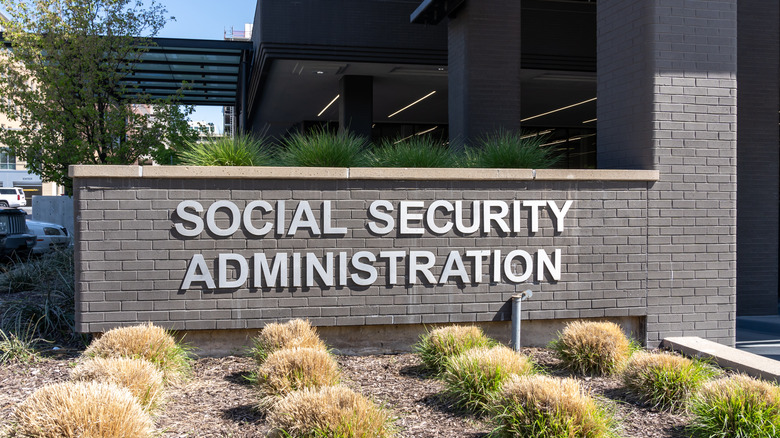Social Security Shakeup Could Mean Delayed Payments For Retirees
There are several reasons retirees could stop getting their Social Security payments in 2025 while others might see their payments delayed due to unprecedented changes implemented by President Trump and the Department of Government Efficiency (DOGE). In February of 2025, the Trump administration and DOGE, which at the time was headed by the billionaire head of Tesla, Elon Musk, rolled out a blueprint for gutting the workforce of the Social Security Administration (SSA) by 12%, meaning that 7,000 workers in the administration would lose their jobs. Now, an August 2025 report from the Strategic Organizing Center shows that cuts between March 2024 and March 2025 have already affected 46 different states. In that time, over 30% of national field offices reduced staff by at least 10%.
Social Security was already going through big changes that would affect retirees in 2025, and the Trump administration's shakeup will potentially cause many retired Americans to get their payments later than usual. There are 1,200 SSA field offices operating across the country and working with, on average, 119,000 daily visitors who are applying for benefits, getting new ID cards, troubleshooting problems, and helping to process payments. With some of those offices closing down, retirees might be having to wait longer and longer for their Social Security payments to arrive in the mail or their bank accounts.
The states where Social Security cuts affect retirees' payments the most
The states impacted the most by the reduction of Social Security field offices between March 2024 and March 2025 were Wyoming, with 17% of field office works laid off; Montana, with a 14% cut; West Virginia and Hawaii, both seeing an 11% cut; and New Mexico, with a 10% reduction. According to Newsweek, all of these states have high disability rates, with West Virginia No. 1 on the top 10 list, which also includes Montana and New Mexico. Not just retirees but anyone in these areas receiving disability supplemental income could experience delays in payments as well.
Retirees who live in places where they can support themselves on Social Security alone might feel the biggest impact of the late payments. In rural states, such as Wyoming and Montana, dependable computer and internet access is limited, forcing retirees to drive farther distances to reach the nearest field office and get in-person assistance. This could lead to retirees' rent payments coming in late or forcing senior citizens into debt just to ensure expenses like grocery shopping are covered with a credit card. The Social Security Fairness Act of 2023 put a few benefits back in place from older reductions, but these new Trump administration cuts bog down the system.
What you should do if your Social Security payment is delayed
While Social Security benefits are not being cut entirely, timely access that retirees and other beneficiaries receive are dwindling under the Trump administration's directives. The average 2025 benefit payment for retired Americans is close to $2,000 each month, according to the Social Security Administration, so not getting that payment for even two months could put retirees in a $4,000 deficit, potentially causing bigger financial issues if compounded delays go into effect.
If you are a retiree who is worried about not getting your Social Security payment on time, be sure to adequately track your benefits on a regular basis and document all communication you have with administration representatives. If you need to go into a local SSA field office, book an appointment early. Also, it never hurts to keep an emergency fund on hand to cover the cost of living expenses while you wait for your Social Security to arrive.


